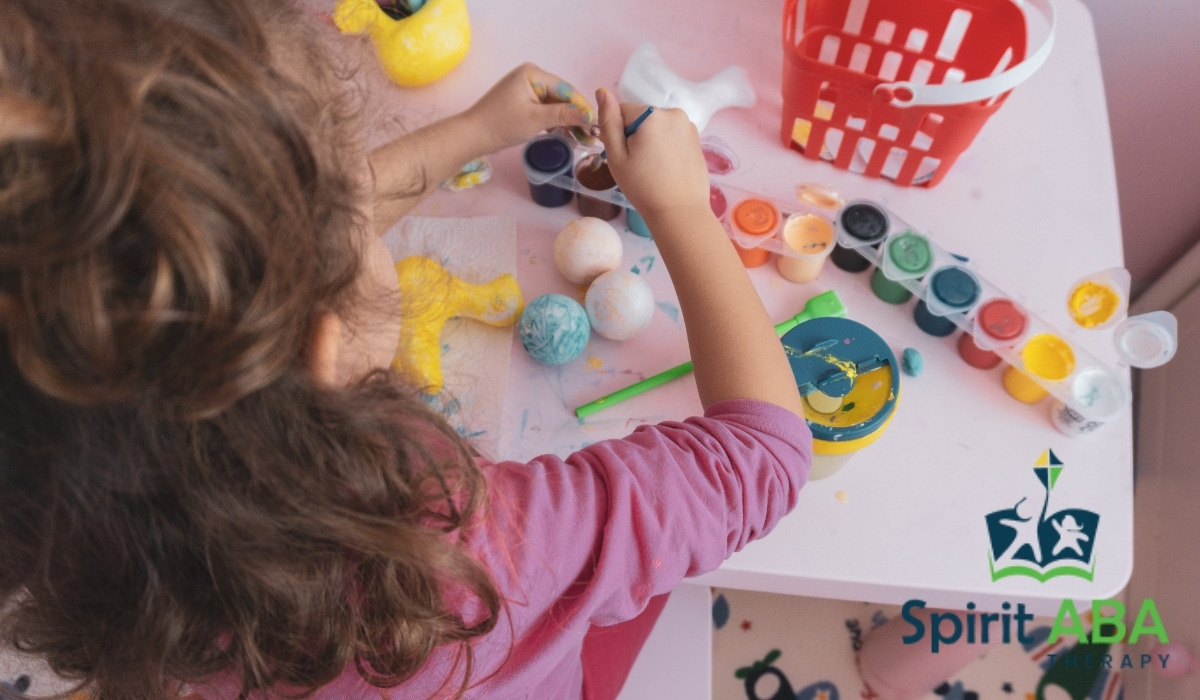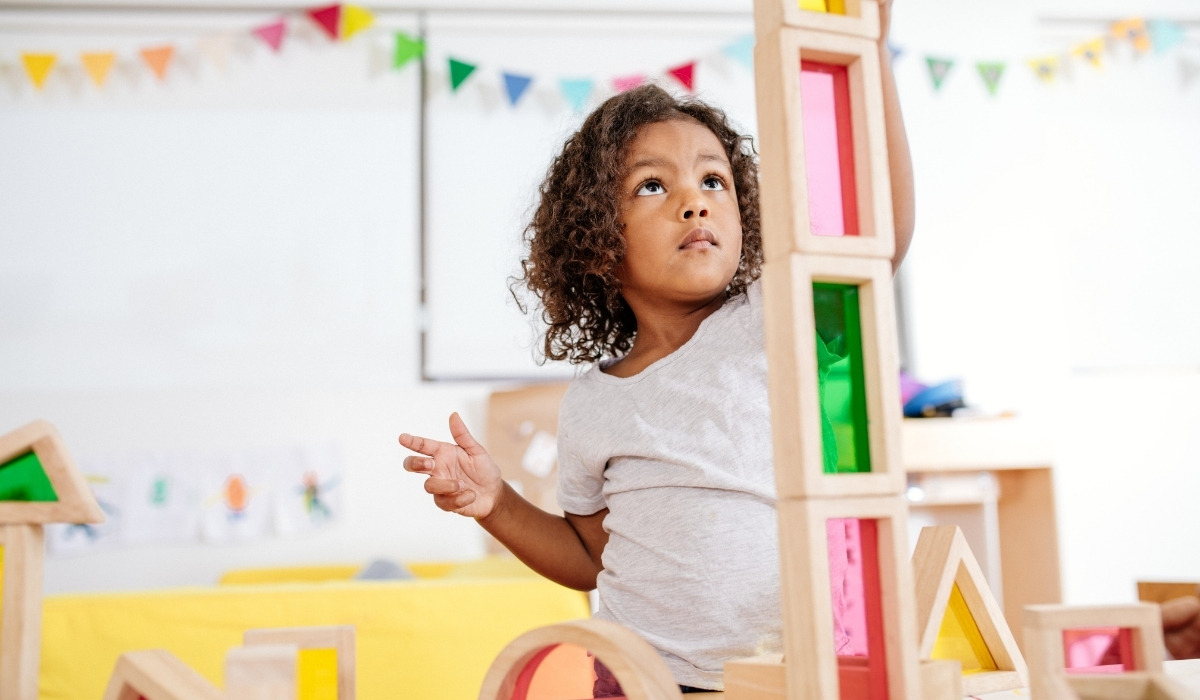Key Points:
- Transitions can be particularly challenging for individuals with autism due to difficulty with flexibility and unexpected change.
- Practical strategies like visual schedules, countdowns, and consistent routines can significantly ease transitions.
- Caregivers play a vital role in preparing children with autism for smoother activity or environmental shifts.
Transitions are a part of everyday life—getting out of bed, leaving the house, switching from playtime to mealtime. But for children on the autism spectrum, even small changes can feel overwhelming. That’s because transition and autism often don’t mix easily. Understanding why transitions are difficult and how to support them is key to helping children navigate their world with confidence.
Are Transitions Really More Difficult For Children With Autism?
Yes, they are. For many children with autism, transitions can lead to stress, anxiety, or meltdowns. This is because autism often affects a child’s ability to cope with unexpected changes or to shift attention from one task to another quickly. What may seem like a simple change in routine to one person can feel disorienting or distressing to another.
The good news? With the right tools and approaches, transitions can become more manageable—and even successful. It starts with understanding the link between transition and autism, and then using proactive strategies that fit your child’s unique needs.
Why Transitions are So Challenging
Children with autism often thrive on predictability. Sudden changes can disrupt their sense of control or security, especially if they aren’t prepared. Transitions involve more than just moving from one thing to another—they also involve mental and emotional shifts.
Some common reasons transitions can be difficult include:
- Trouble understanding time or sequencing (what happens first, next, last)
- Difficulty stopping a preferred activity
- Anxiety about the unknown or unfamiliar
- Sensory sensitivities in new environments
- Challenges in processing verbal directions or cues
Recognizing these reasons helps caregivers offer support in a way that feels respectful and effective.
5 Signs a Child is Struggling with Transitions
Not all children show distress in the same way. Some may become quiet and withdrawn, while others might cry, yell, or resist physically. Here are some typical signs a child is having a hard time with transitions:
- Meltdowns or tantrums when asked to stop an activity
- Refusal to move to the next task or location
- Repetitive questioning or expressions of worry
- Clinging to objects or routines
- Attempts to delay or negotiate for more time
Understanding the signs is important so parents can intervene early—before the child feels overwhelmed.
 How To Help: Transition Strategies That Work
How To Help: Transition Strategies That Work
Fortunately, there are many strategies that help bridge the gap between transition and autism. These techniques offer structure, predictability, and clear expectations to support children through changes:
Use Visual Schedules
Visual schedules are one of the most effective tools for helping children understand what’s coming next. By using pictures or icons to represent daily tasks or transitions, children gain a sense of order and routine.
Benefits of visual schedules include:
- Making abstract concepts (like time) more concrete
- Helping nonverbal children understand expectations
- Reducing anxiety through predictability
- Allowing children to refer to the schedule independently
Start with a basic schedule, like morning or bedtime routines, and build from there.
Give Countdown Warnings
Transitions go more smoothly when children are given time to prepare. Countdown warnings let them know change is coming and give their brains time to shift gears.
For example:
- “In five minutes, we’ll clean up and get ready for lunch.”
- Use visual timers or sand timers for added clarity.
- Repeat the warning at intervals: “Two more minutes until clean-up!”
Consistency is key—follow through when the countdown ends to help build trust.
Offer Choices During Transitions
Giving children a sense of control can reduce resistance. Offering small, structured choices helps ease the transition without overwhelming them.
Try these examples:
- “Do you want to put on your shoes first or your jacket?”
- “Would you like to walk to the car or hop like a bunny?”
- “Which toy should ride in your backpack today?”
Even simple decisions can empower children and make transitions feel less forced.
Practice Transitions Ahead Of Time
Like rehearsing for a play, practicing transitions in a low-pressure setting can help children feel more prepared when it’s time for the real thing. Use role play, stories, or even pictures to walk through what will happen.
Some helpful ways to rehearse include:
- Social stories that explain new environments or routines
- Practicing school drop-off at quieter times
- Visiting new places before an appointment or event
- Playing “first this, then that” games to build sequencing skills
Gradual exposure to new experiences helps build confidence over time.
Use Reinforcement And Praise
When a child completes a transition, even if it’s tough, acknowledging their effort goes a long way. Positive reinforcement helps build motivation and emotional resilience.
Try these ideas:
- Use a reward chart for successful transitions
- Offer a small treat or favorite activity after difficult changes
- Give enthusiastic praise: “You stopped playing and came to dinner so calmly—great job!”
Celebrate progress, no matter how small, and continue building from there.
Transitions Between Environments: Extra Support is Key
Moving from one environment to another—like from home to school, or from school to the grocery store—can be especially overwhelming for children with autism. These types of transitions involve unfamiliar people, sights, sounds, and routines.
Here are a few ways to help support environmental transitions:
- Prepare with photos or videos of the new place
- Visit during off-peak hours to avoid sensory overload
- Bring familiar objects like a comfort toy or blanket
- Create a transition bag with sensory tools (fidget toys, headphones, snacks)
- Use consistent language: “We’re going to Grandma’s house. After we visit, we’ll come home.”
Building these supports into the child’s routine helps them adapt with greater ease.
When To Seek Professional Help
Sometimes, even with all the right strategies, transitions continue to be difficult. That’s okay. If transitions are causing regular distress for your child—or impacting school, social life, or family routines—it may be time to consult with a professional.
Speech-language pathologists, occupational therapists, and behavior therapists often work with children on transition skills. These experts can provide tailored support and help build new coping strategies.
ABA therapy, in particular, offers structured, evidence-based approaches for teaching and reinforcing transition skills.
Support Your Child’s Growth With Spirit ABA
Transition and autism don’t have to be at odds. With the right tools, encouragement, and expert guidance, children can learn to move from one activity or place to another with greater ease—and less stress for the whole family.
At Spirit ABA, we offer individualized ABA therapy in Colorado, Iowa, and Nebraska designed to help children improve their ability to manage daily transitions, social interactions, and behavioral challenges. Our compassionate therapists work closely with families to understand each child’s needs and create meaningful routines that support growth at home, school, and in the community.
If your child struggles with transitions or needs extra support with change, reach out to us today. Let us help you build a plan that brings structure, progress, and peace to your everyday life.


